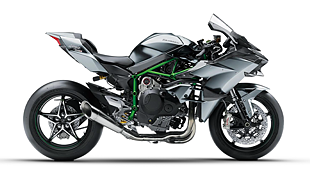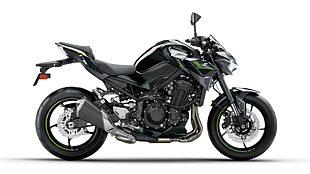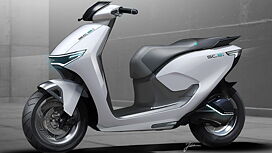2016 Kawasaki Ninja ZX-10R tech explained
The new for 2016 Kawasaki Ninja ZX-10R is a powerhouse of technology. And it comes with enough abbreviations on its spec sheet to conduct a full-fledged quiz of its own. You get KLCS, KIBS, S-KTRC, KEBC, KQS, CMF, ESD and IMU. But, what do these mean? And how does it affect the bike’s performance? Here’s a quick explanation…
But before we begin, let’s divide the tech into two heads as Kawasaki intended – Power Technology and Handling Technology

Power Technology
Under Power, one gets the following – IMU, KLCM, KEBC, KQS, and power modes.
KLCM or Kawasaki Launch Control Mode as the name suggests is there to get you the fastest launch possible. It has three modes and it nannies rear wheel spin and front-end lift by managing the power from the engine so the rider can keep the throttle wide open without having to worry about the bike pointing to the sky.

KEBC or Kawasaki Engine Brake Control, which can only be set to either on or off, spurts in a tiny amount of fuel under hard braking when ‘on’ to avoid rear wheel hop and add to stability. It was first seen on the H2R.
KQS or Kawasaki Quick Shifter simply allows the rider to make upshifts without using the clutch or closing the throttle. This is designed for the track. But, it works even in everyday riding and at lower revs. Best of all, clutchless downshifts at lower rpms is now super easy too.

IMU or Inertia Measurement Unit is the big boss. This Bosch unit measures inertia along five axes and calculates along one to get the precise orientation of the motorcycle. It measures roll rate, acceleration along three axes – longitudinal, lateral and vertical, and it also knows the motorcycle’s lean and pitch angles. Using this, it calculates the yaw rate. The IMU uses all of this data to work the ZX-10R’s traction and wheelie control as well as braking to keep the bike and the rider safe and the right way up.

Handling Technology
This is all racing stuff; technology that Kawasaki says it has honed on its World Superbike Championship winning bikes and has now introduced it on street bikes; albeit one that has absolute track focus, the ZX-10R.
S-KTRC or Sport-Kawasaki Traction Control has five modes. Mode 1 and Mode 2 should ideally be left alone unless you are on a racetrack with racing slicks. Mode 3 is the most lenient for road use. It allows riders rear wheel slides for faster and tighter corner exits; that’s if the rider is experienced enough to use it. For the inexperienced, there’s Mode 4 and 5. Though 5 is intrusive, Mode 4 works beautifully in most situations.

KIBS or Kawasaki Intelligent anti-lock Braking System works like a regular ABS system wherein it modulates brake pressure when it detects wheel lock up. However, KIBS is more adjusting and based on conditions it can modulate how much pressure must be taken off the braking to still yield the shortest braking distance and maximum lever feel.
CMF or Cornering Management Function essentially allows you to hold your line in a corner even if you call on the brakes. Without CMF, every time the brakes are called in when leaned over, even lightly, it makes the bike stand up and ruins your line. CMF modulates the brake force across the front calipers to allow the bike to stay leaned over and trace the intended line.

ESD or Electronic Steering Damper isn’t new tech. But, it is hugely helpful on a bike like the ZX-10R. The 10R uses an Ohlins unit that varies its damping depending on speed and the rate of acceleration (or deceleration). So, the steering feels light and easy for most part and stable in a situation wherein you’d expect a tank slapper.
Gallery
1/8
Double Tap to Zoom

















![Kawasaki Ninja ZX-10R [2018-2019] Image Kawasaki Ninja ZX-10R [2018-2019] Image](https://imgd.aeplcdn.com/272x153/bw/models/kawasaki-ninja-zx-10r.jpg?20190103151915&q=80)

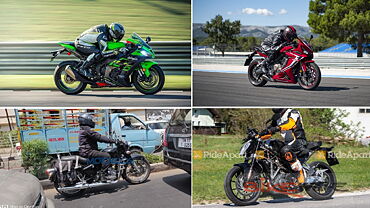
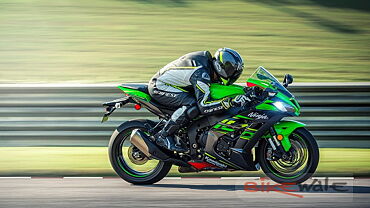
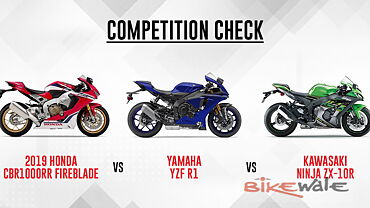



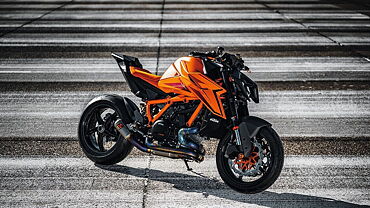
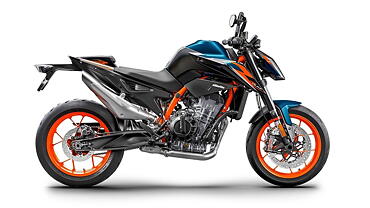
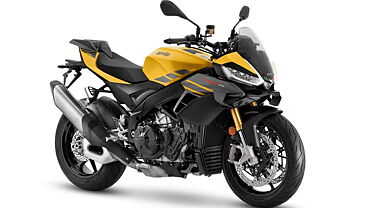
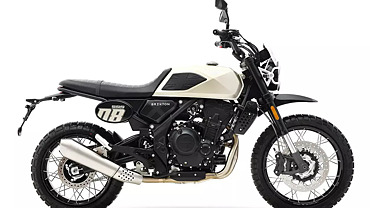




![Kawasaki Ninja ZX-10R [2018-2019] Wheels-Tyres Kawasaki Ninja ZX-10R [2018-2019] Wheels-Tyres](https://imgd.aeplcdn.com/199x112/bw/ec/23468/Kawasaki-Ninja-ZX10R-2016-Wheelstyres-72976.jpg?v=201711021421&q=80)
![Kawasaki Ninja ZX-10R [2018-2019] Wheels-Tyres Kawasaki Ninja ZX-10R [2018-2019] Wheels-Tyres](https://imgd.aeplcdn.com/199x112/bw/ec/23468/Kawasaki-Ninja-ZX10R-2016-Wheelstyres-72985.jpg?v=201711021421&q=80)
![Kawasaki Ninja ZX-10R [2018-2019] Wheels-Tyres Kawasaki Ninja ZX-10R [2018-2019] Wheels-Tyres](https://imgd.aeplcdn.com/199x112/bw/ec/23468/Kawasaki-Ninja-ZX10R-2016-Wheelstyres-72951.jpg?v=201711021421&q=80)
![Kawasaki Ninja ZX-10R [2018-2019] Front Three-Quarter Kawasaki Ninja ZX-10R [2018-2019] Front Three-Quarter](https://imgd.aeplcdn.com/199x112/bw/ec/23468/Kawasaki-Ninja-ZX10R-2016-Front-threequarter-72931.jpg?v=201711021421&q=80)
![Kawasaki Ninja ZX-10R [2018-2019] Headlamp Kawasaki Ninja ZX-10R [2018-2019] Headlamp](https://imgd.aeplcdn.com/468x263/bw/ec/23468/Kawasaki-Ninja-ZX10R-2016-Headlamp-72974.jpg?v=201711021421&q=80)
